First aired on 24 May 2024, the Arte Concert “Jean-Jacques and Alexandre Kantorow interpret Brahms,” performed with the Orchestre de Chambre de Lausanne, showcases a remarkable father-son collaboration.
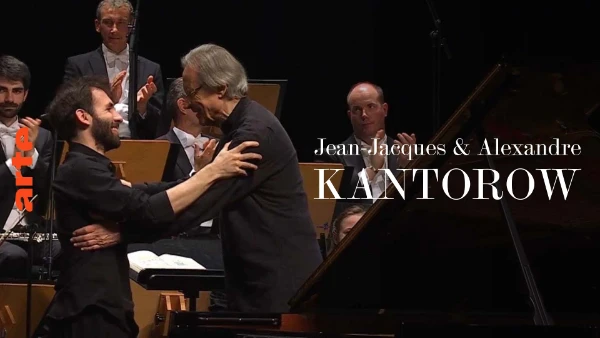
The father sets the tone conducting Camille Saint-Saëns’ Symphony No. 2, and his son Alexandre then joins him in a performance of Johannes Brahms’s Piano Concerto No. 2, blending the orchestra’s refined sound with Alexandre’s virtuosic piano artistry.
“Father and Son in Concert”
The Kantorows
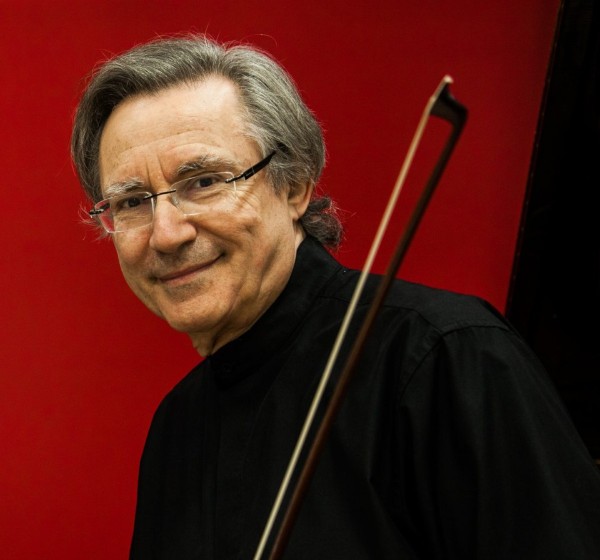
Jean-Jacques Kantorow
Jean-Jacques Kantorow is a distinguished French violinist and conductor of Russian descent, celebrated for his contributions to the Franco-Belgian violin school. Displaying prodigious talent from an early age, he began violin studies at the Nice Conservatoire at six and later moved to the Paris Conservatory at thirteen. Kantorow initially gained recognition as an orchestral player before establishing himself as a virtuosic soloist and chamber musician.
Transitioning to conducting, he has built a reputation for bringing a nuanced and dynamic approach to works ranging from the Baroque to the Romantic eras.
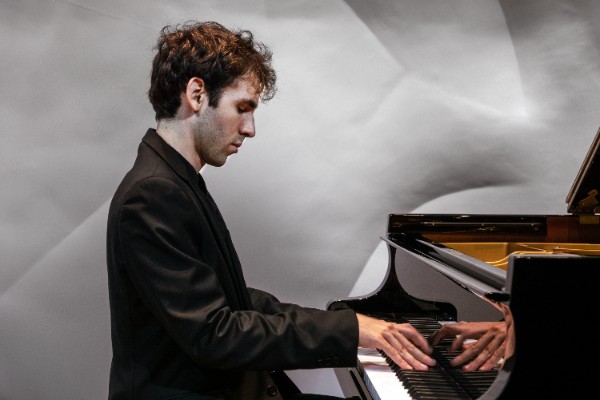
Alexandre Kantorow, 2019
His son Alexandre, born in Paris, France, was the first French pianist to win the gold medal at the Tchaikovsky Competition in 2019. He swiftly rose to international acclaim, captivating audiences with his commanding technique and deeply expressive interpretations. Whether as a soloist or chamber musician, Kantorow’s performances are marked by a rare blend of intensity, lyricism, and intellectual depth. His recordings and performances have earned critical praise, cementing his status as one of the most compelling pianists of his generation.
The Collaboration
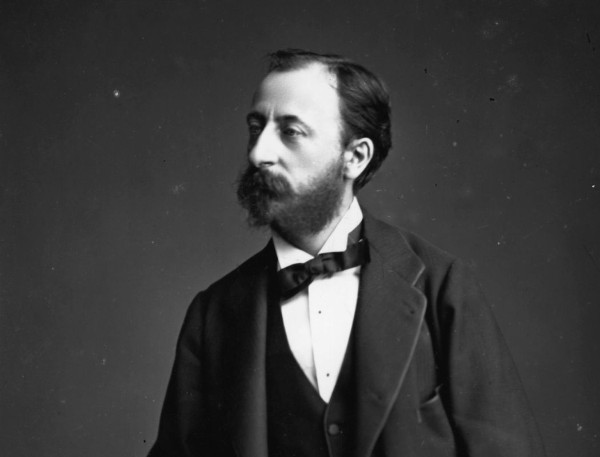
The young Camille Saint-Saëns
Jean-Jacques and Alexandre Kantorow have forged a remarkable musical partnership that showcases their shared passion and exceptional artistry. Jean-Jacques’s nuanced conducting complements Alexandre’s virtuosic and expressive piano playing, and this synergy is evident in their ability to balance technical precision with emotional depth.
Their work together highlights a deep musical understanding, rooted in their familial bond and shared dedication to the Romantic repertoire, making their joint projects a testament to their mutual respect and artistic alignment. Performing alongside his father, Alexandre brings a fresh perspective to their shared stage, creating a dynamic interplay that highlights their shared dedication to music.
The Brahms Hybrid
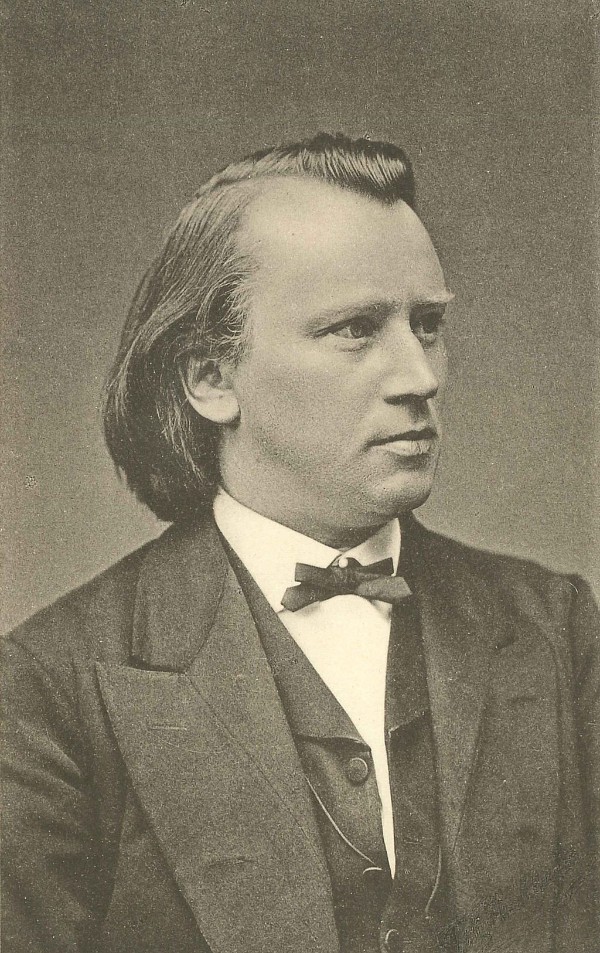
Johannes Brahms, ca 1875
The Brahms Second Piano Concerto is the perfect vehicle for a Kantorow family collaboration, as its sweeping Romantic grandeur, intricate dialogues, and symphonic breadth provide an ideal canvas for Alexandre’s fiery virtuosity and Jean-Jacques’s profound interpretive insights.
In 1881, Johannes Brahms wrote to his friend Elisabeth von Herzogenberg that he had finished “a tiny little piano concerto with a wisp of a scherzo.” At that time, Elisabeth could scarcely have known that Brahms had just completed his monumental 2nd Piano Concerto in four movements. This unusual number of movements for a concerto immediately suggests that Brahms was working on an ingenious hybrid between the symphonic and concerto genres.
For one, the successful development and musical realisation of the thematic materials clearly required an orchestral setting. In addition, the primacy of virtuosity usually assigned to the piano soloist was called into question by the principle of interpretation, thereby establishing an equal relationship between the soloist and the ensemble. This fact was clearly recognised in an extensive review by Franz Liszt, who wrote, “the work possesses the pregnant character of a distinguished work of art, in which thought and feeling move in noble harmony.”
The Performance
Thought and feeling guided the performance of Camille Saint-Saëns’ Symphony No. 2. Brimming with youthful energy and inventive spirit, the work blends classical structure with unexpected harmonic turns and rhythmic vitality. The symphony reflects the composer’s deep admiration for Beethoven and Mendelssohn, and the performance by the Orchestre de Chambre de Lausanne under Jean-Jacques Kantorow hinted at the bold originality that would define Saint-Saëns’ later works.
The Brahms collaboration was critically praised for “its vibrant energy and astonishing pianism.” A similar review also noted Alexandre’s “stoic delivery, implying resilience and focus.” Blending Jean-Jacques’s masterful and sensitive orchestral direction with Alexandre’s electrifying piano artistry delivered a captivating and nuanced rendition of this Brahms masterwork. This performance, crowned by a beautifully crafted encore of the Brahms Intermezzo Op. 118, No. 2, showcased their shared commitment to expressive and technically brilliant music-making.
Jean-Jacques and Alexandre Kantorow interpret Brahms
For more of the best in classical music, sign up for our E-Newsletter

